The importance of standards for height -based work equipment
Product standards are essential to guarantee the safety of workers in height. These standards frame the design, manufacture and use of equipment such as scaffolding, platforms, ladders or lifestyles. Each product must meet strict criteria of resistance, sustainability and performance to ensure optimal protection against the risk of falling.
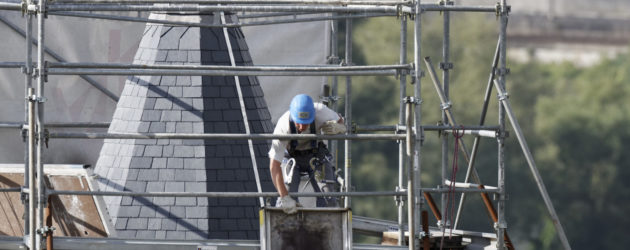
European and international standards
Height work equipment must comply with European standards, such as standards in, or international regulations. These standards define the minimum technical requirements, especially in terms of load capacity, weather resistance and safety of anchoring devices. For example, portable scales must meet the EN 131 standard, which imposes specific stability and resistance criteria.
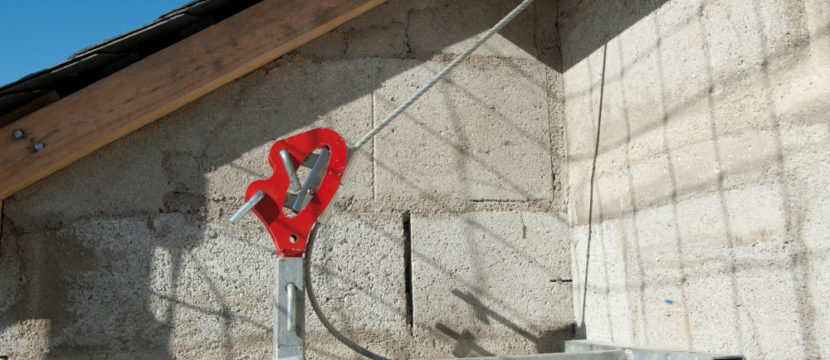
Quality certification and controls
Products intended for height work are subject to rigorous certification processes carried out by approved organizations. These certifications attest to their compliance with the standards in force. In addition, manufacturers must carry out regular quality controls to verify that each equipment retains its performance throughout its life cycle. This guarantees constant reliability of products in the field.
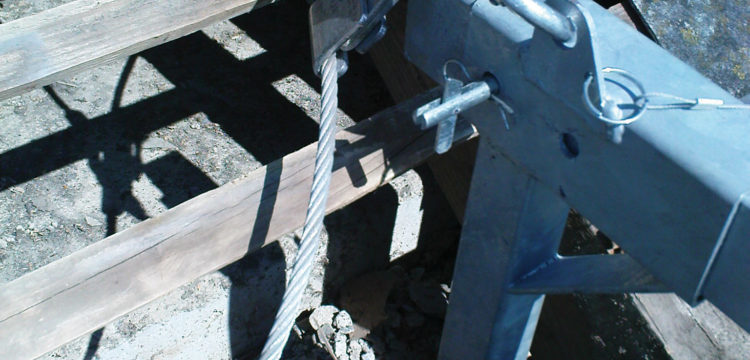
Training in the use of standardized equipment
The compliance of the equipment is not enough: their good use is crucial to guarantee safety. Employers are responsible for training their teams to properly use standardized equipment. This training includes the prior verification of the equipment, their installation and their maintenance, as well as the precautions to be respected in a work situation.
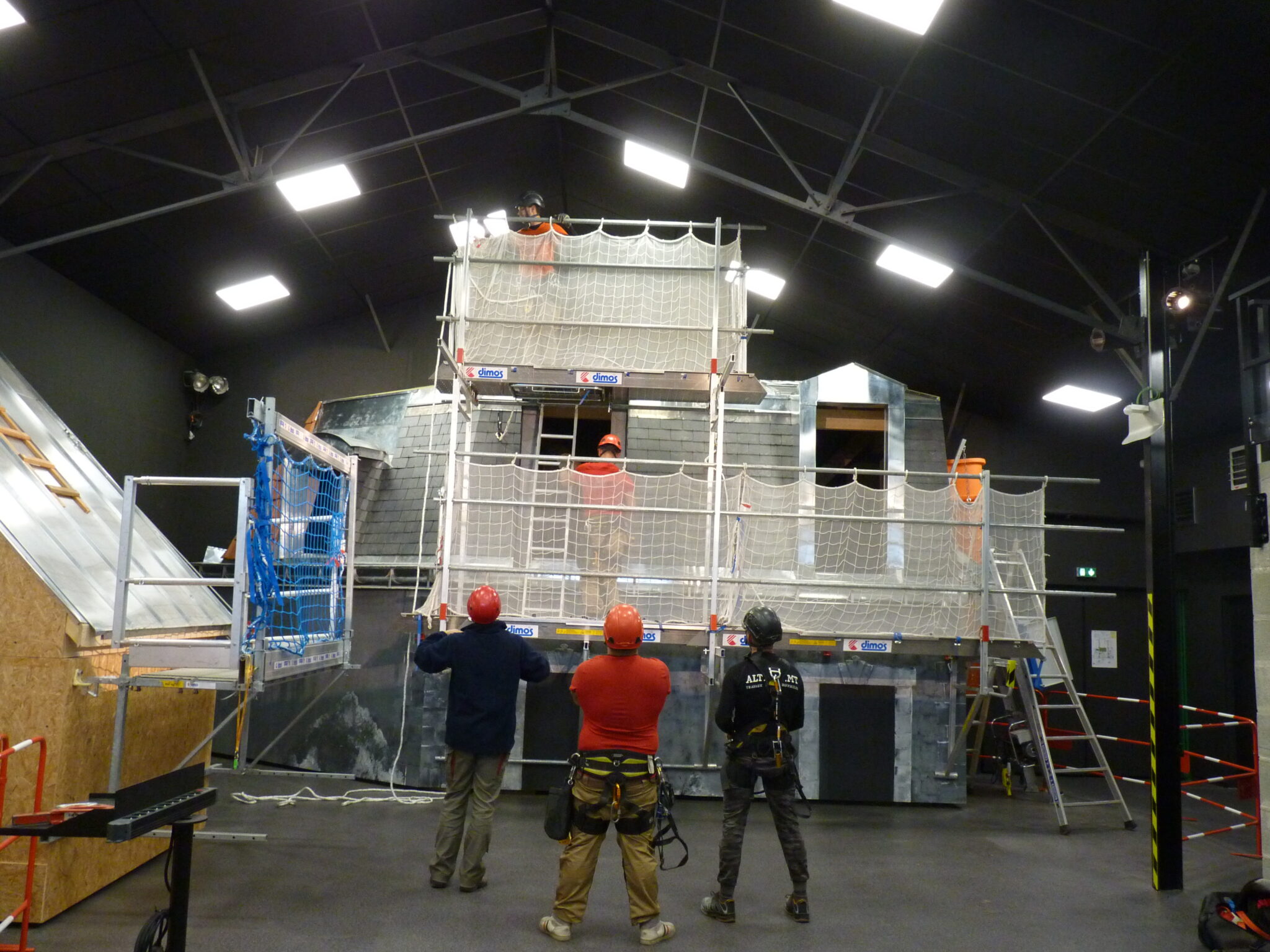
Standards to protect workers and reduce the risks
Respecting the product standards makes it possible to considerably limit accidents linked to the work in height. By choosing compliant equipment, ensuring their maintenance and forming users, companies have the means necessary to prevent risks and guarantee security on their sites.
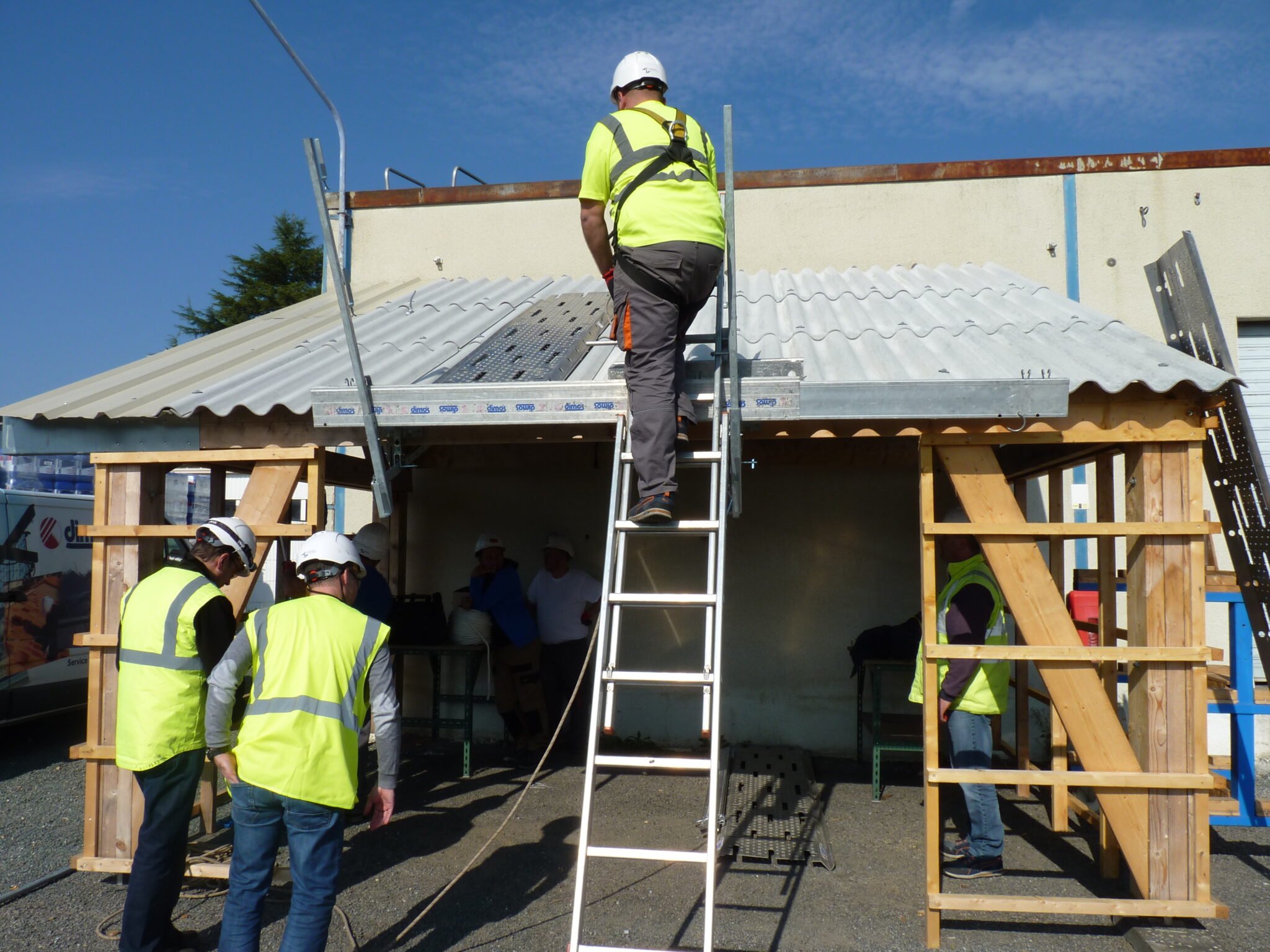
Our latest articles